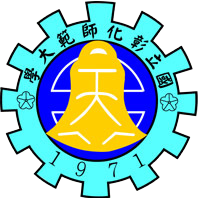SDG15.2.4 Educational programs on ecosystems
NCUE does offer projects and activities, including Environment Education Centre’s ‘Twenty-four-, 33-, and 120-Hour Courses for Environmental Education Personnel Certification’, the Department of Biology designed the Kaohsiung City Evaluation Plan for the Survey and Control Strategy of Flying Ant Harm. They are described briefly in the following section.
1. Twenty-four-, 33-, and 120-Hour Courses for Environmental Education Personnel Certification
Environmental Education Centre nurtures relevant environmental education talents. In conjunction with the ‘Delve into Fangyuan, Hand in Hand with Dacheng: Industrial and Environmental Sustainability in Twin Cities of Changhua’, the Centre provided relevant education courses for local and national communities from September to November 2021. The courses included: the Special Environmental Personnel Certificate Course for Yuhua Elementary School organized in August 2021 for training 36 environmental education personnel; 33–hour Environmental Education Personnel Certificate Course conducted in September 2021 for training 31 environmental education personnel; and 120–hour Environmental Education Personnel Training Course conducted from September to November 2021 for training 13 environmental education personnel.

Special Environmental Personnel Certificate Distance Course for Yuhua Elementary School
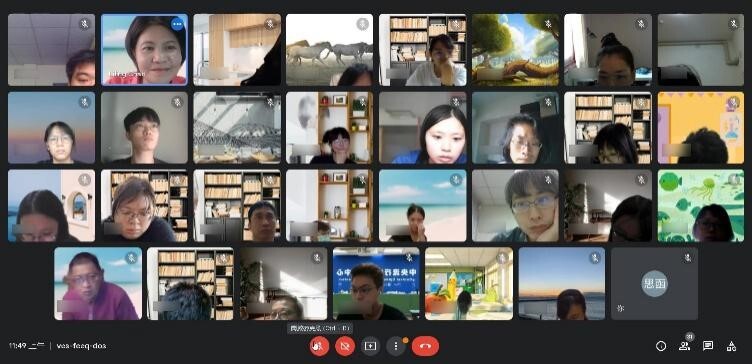
The 33–hour Environmental Education Personnel Certificate Course

Students of the 120–hour Environmental Education Personnel Training Course attended an onsite observation class
Links to the videos of the course
- https://www.facebook.com/media/set/?set=a.1121311448605962&type=3
- https://www.facebook.com/media/set/?set=a.1121313965272377&type=3
- https://www.facebook.com/media/set/?set=a.1121873565216417&type=3
2. Agriculture Bureau of Kaohsiung City Government/Kaohsiung City Evaluation Plan for the Survey and Control Strategy of Flying Ant Harm
In recent years, Qimei district of Kaohsiung City was infested by swarms of flying ants at night during summer and autumn months, and experts have confirmed that flying ants (Technomyrmex brunneus) are among the most invasive and pervasive species. During a nuptial flight (mating period), the queen ant and male ants become phototactic. Attracted by lights at night, these ants invade farms, homes, and business establishments in large swarms, seriously affecting local residents and even impacting the local tourism industry. The Technomyrmex brunneus species has been found in Taiwan since 1912. In 2016, a large number of flying ants appeared in the Liugui District of Kaohsiung city. Later, the flying ant population gradually spread to other districts such as Meinong, Jiaxian, and Shanlin from 2019 to 2021. To reduce the menace of Technomyrmex brunneus and prevent the population from expanding and infesting other areas, the project monitors and investigates areas seriously affected by Technomyrmex brunneus and identifies and discusses the reasons for the damage. Control test areas have also been established to develop strategies to control the density of Technomyrmex brunneus colonies and mitigate disruption to public life.
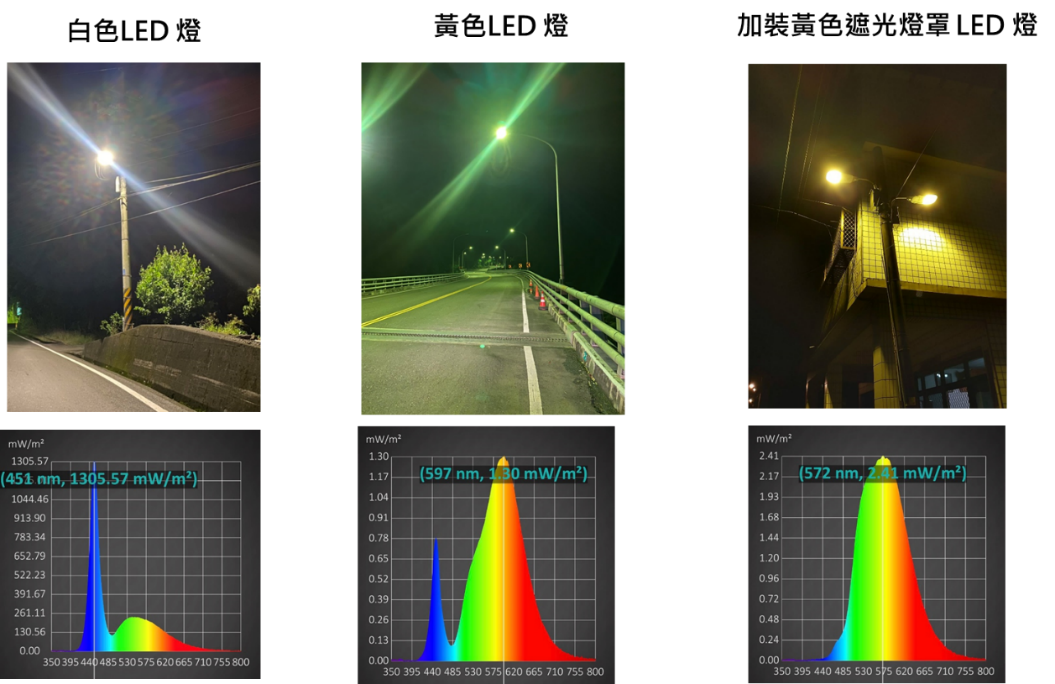
Yellow lampshades were installed on LED streetlights to reduce the harm caused by flying ants
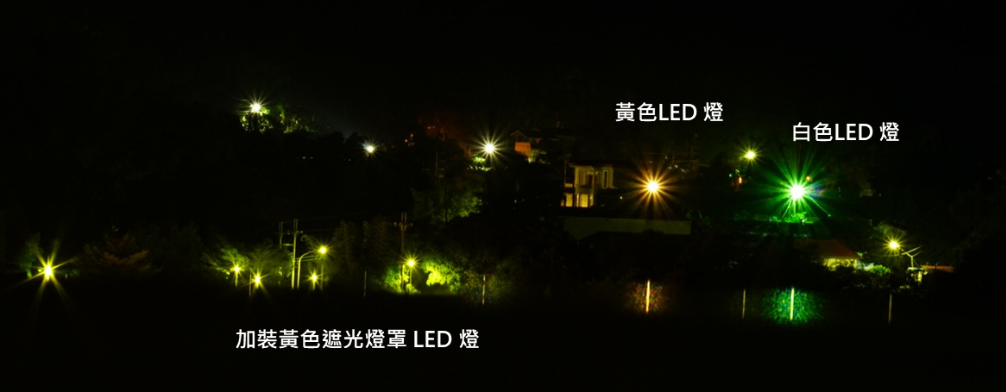
Streetlights in Liugui District, Kaohsiung City
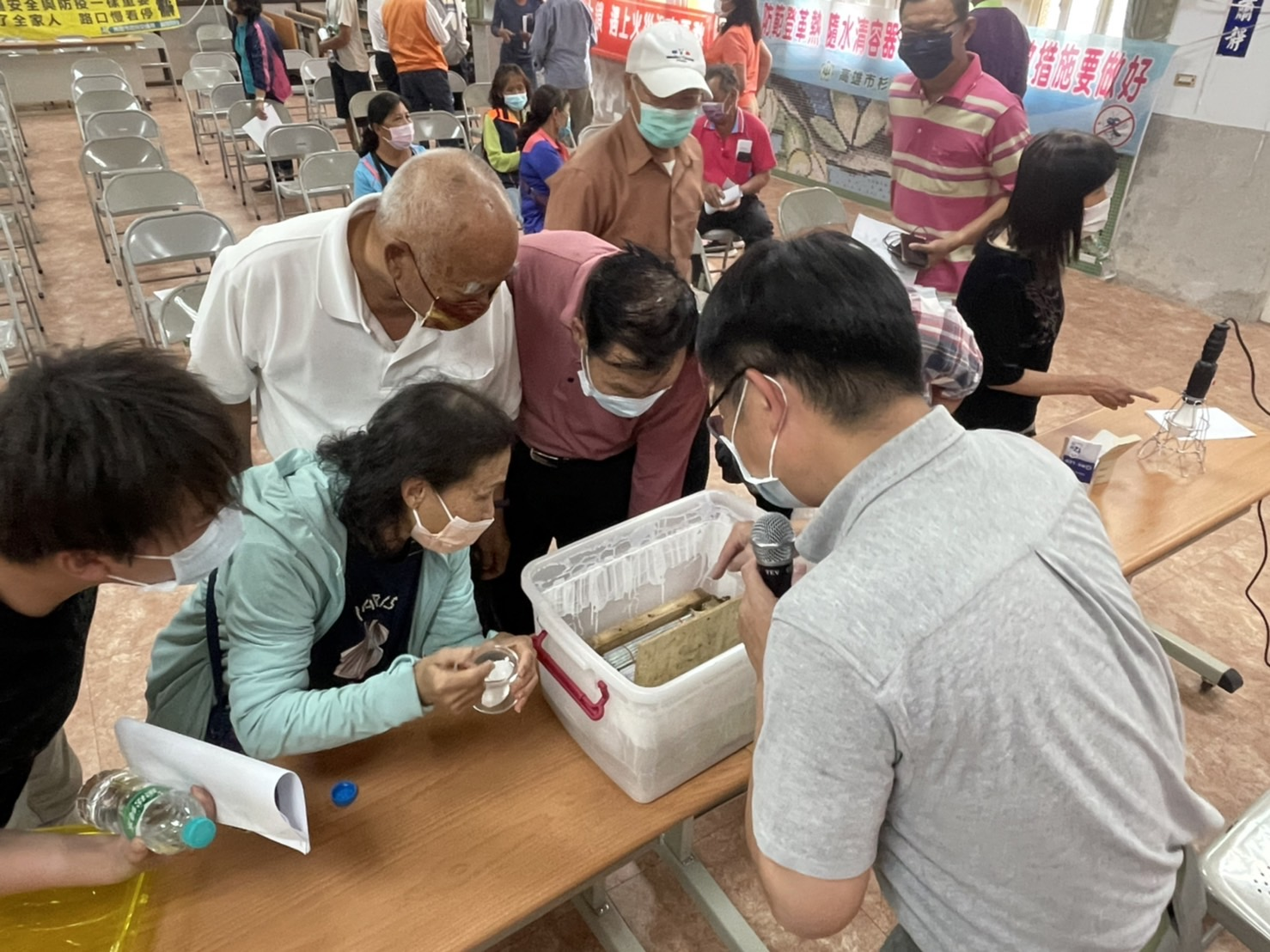
Education activities and counseling groups (i.e., neighborhood residents) for controlling Technomyrmex brunneus in the Jiaxian and Shanlin Districts
